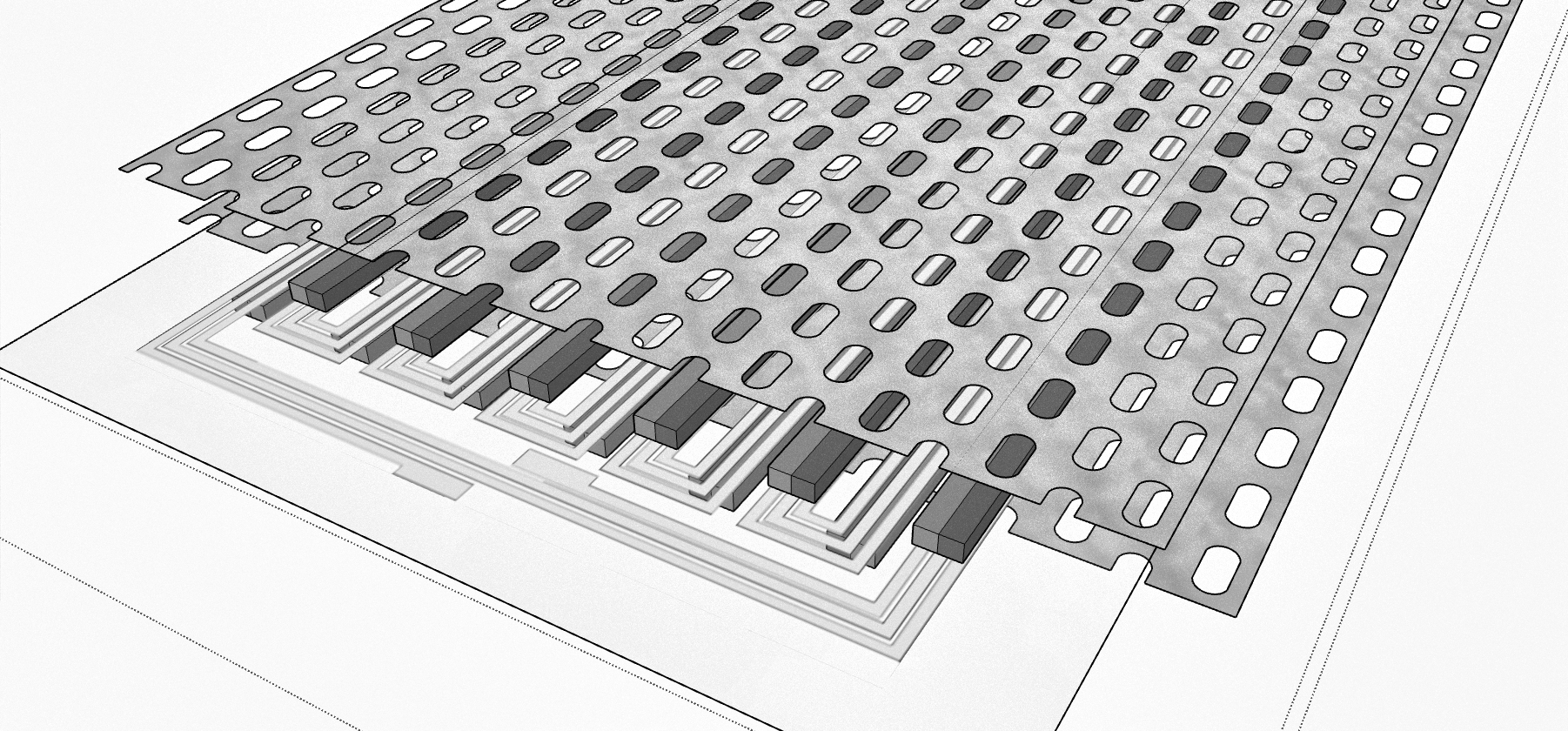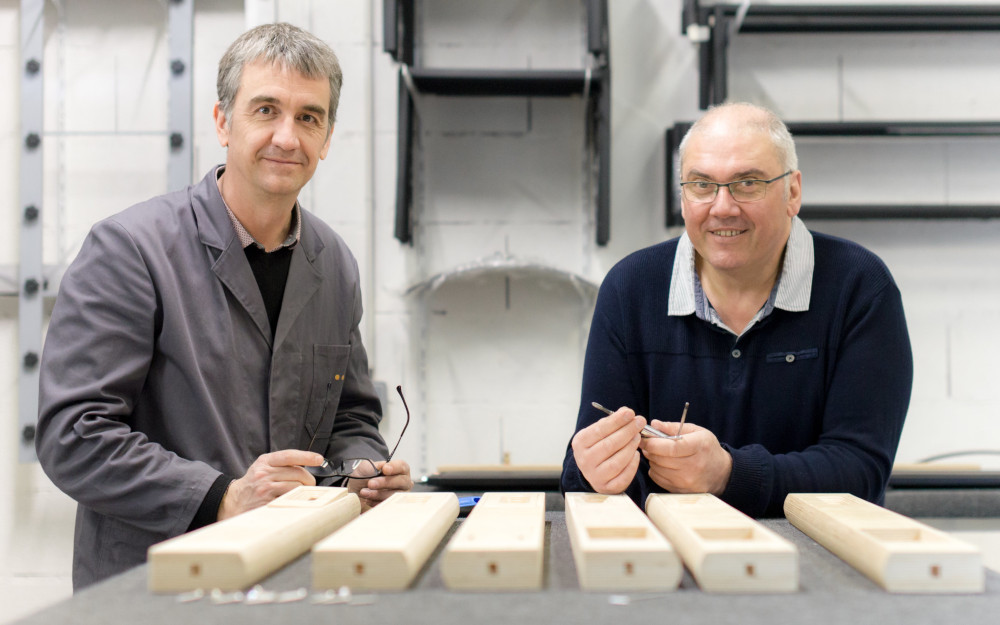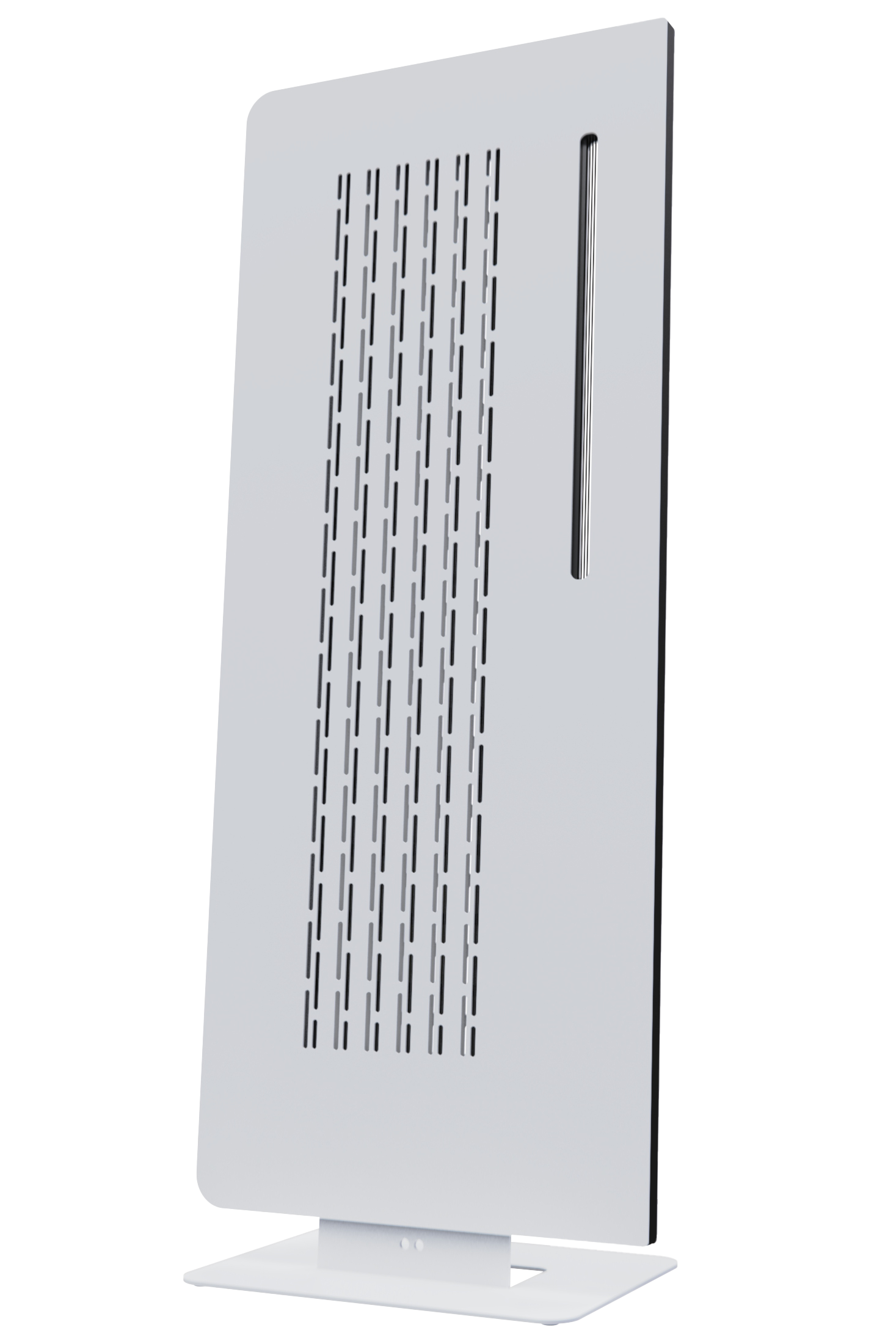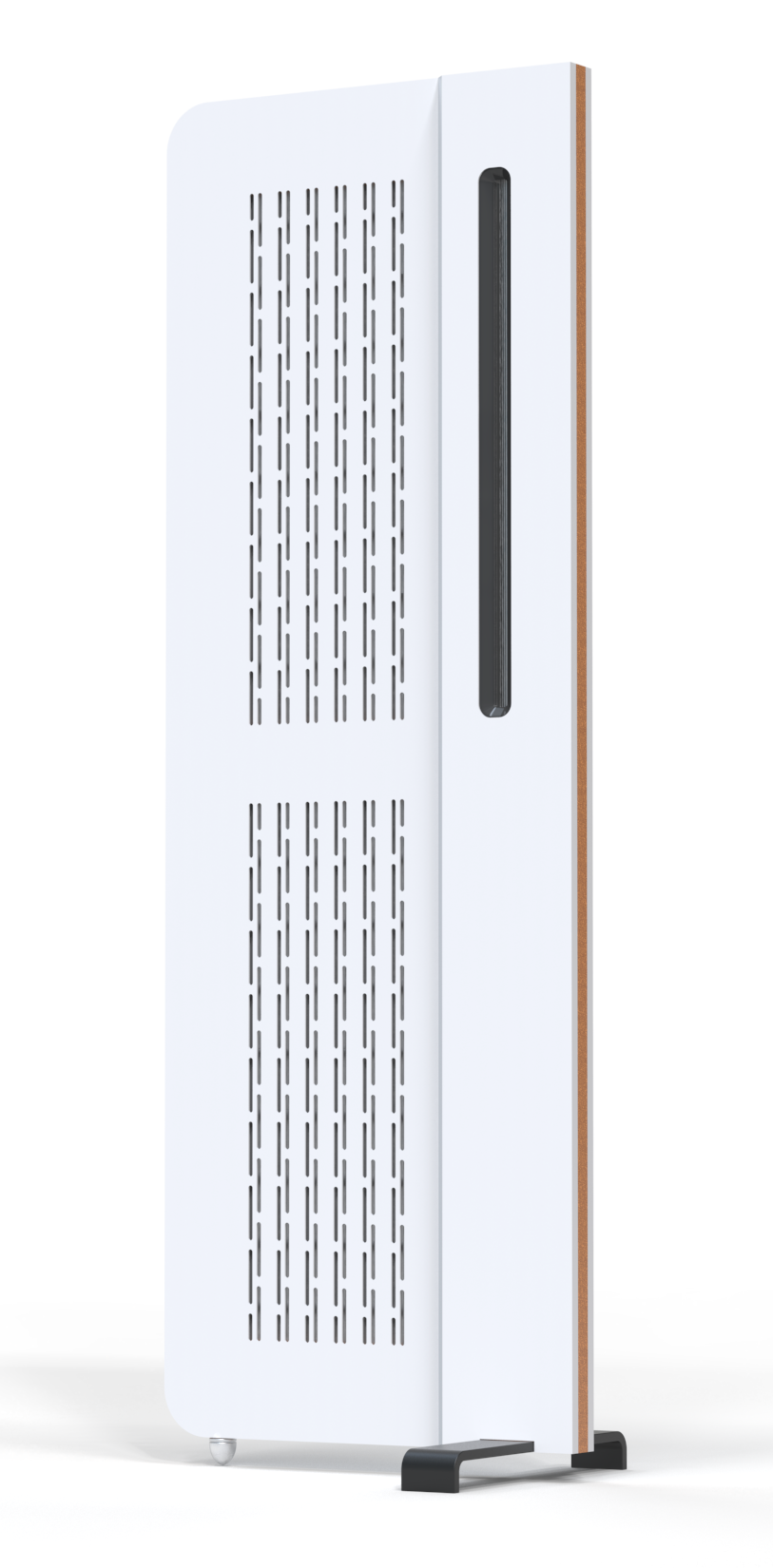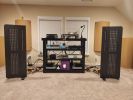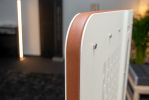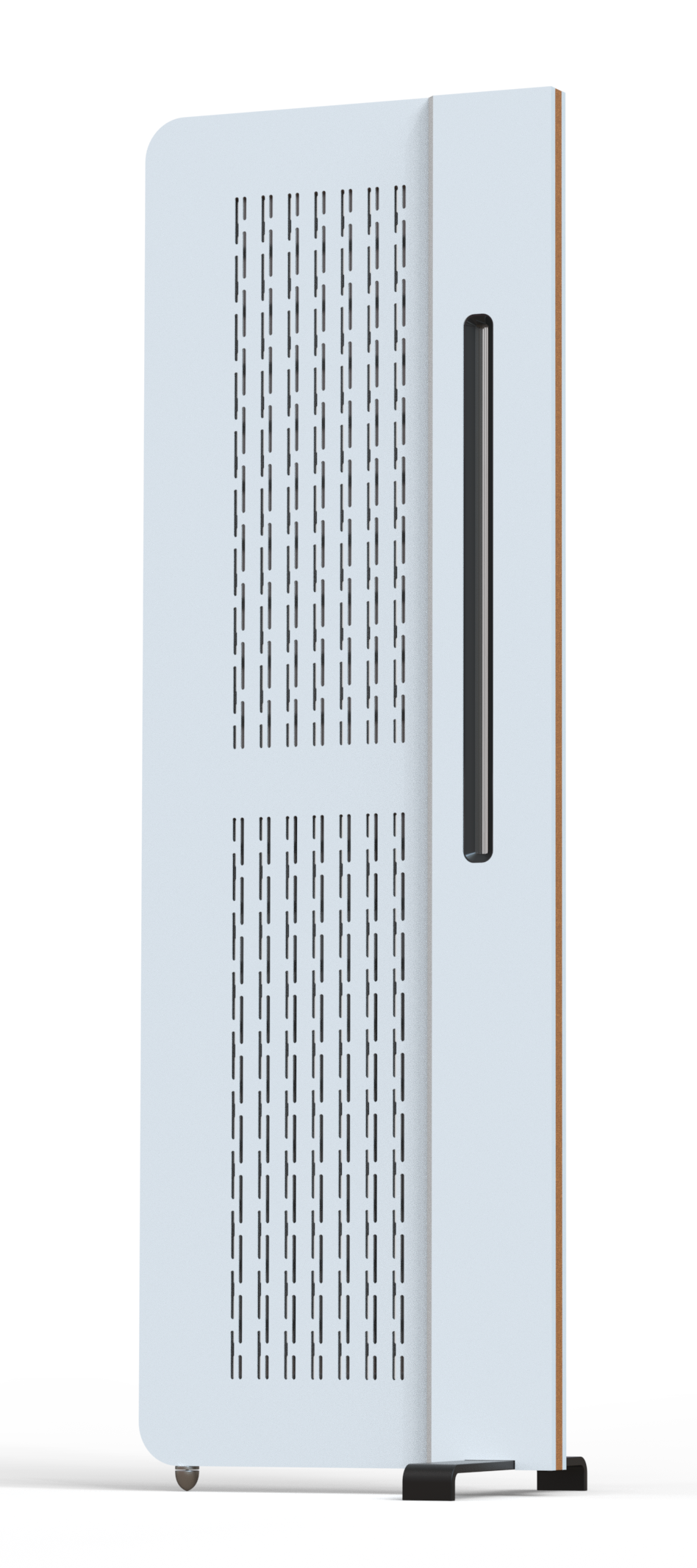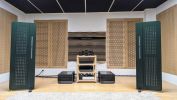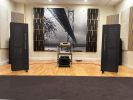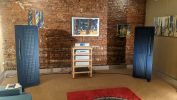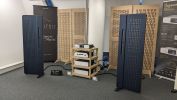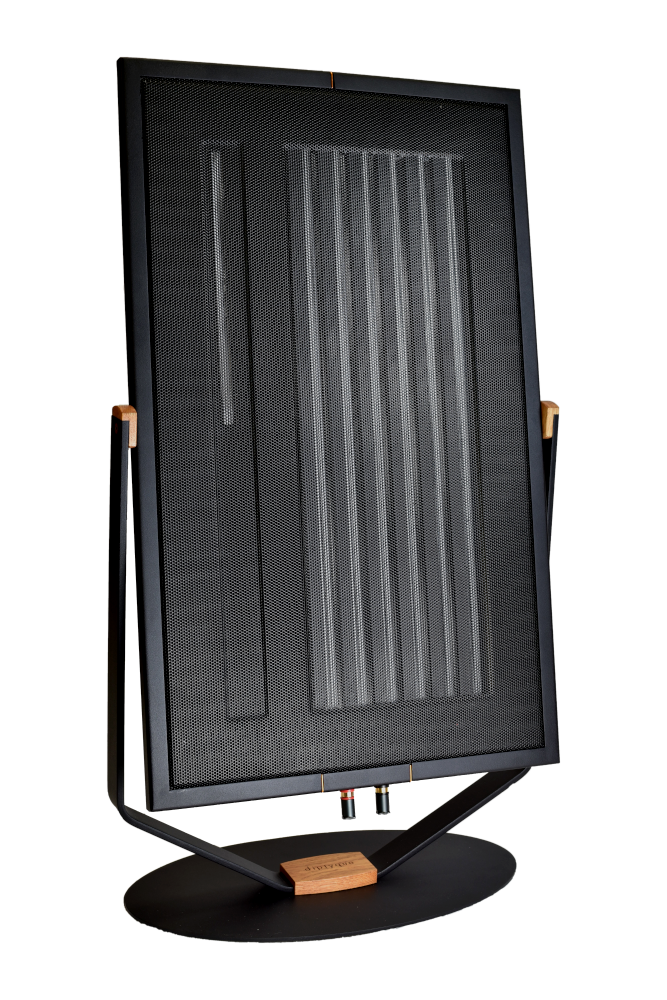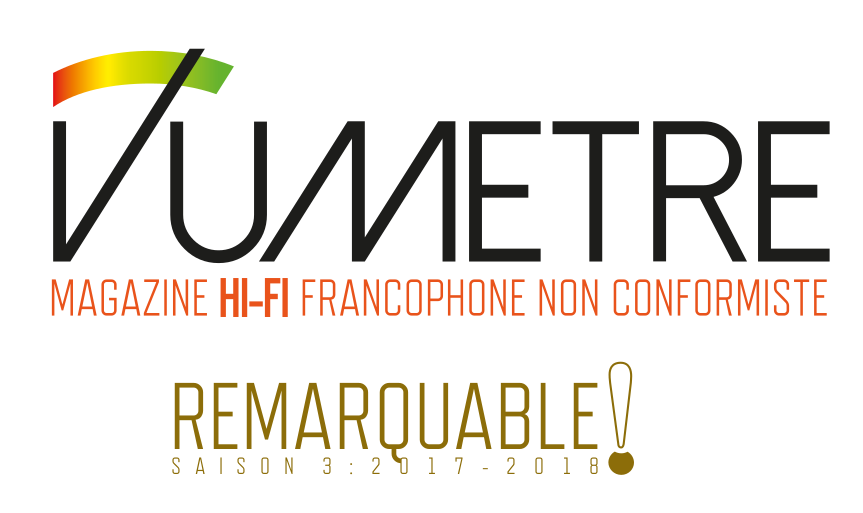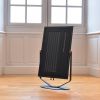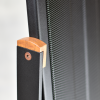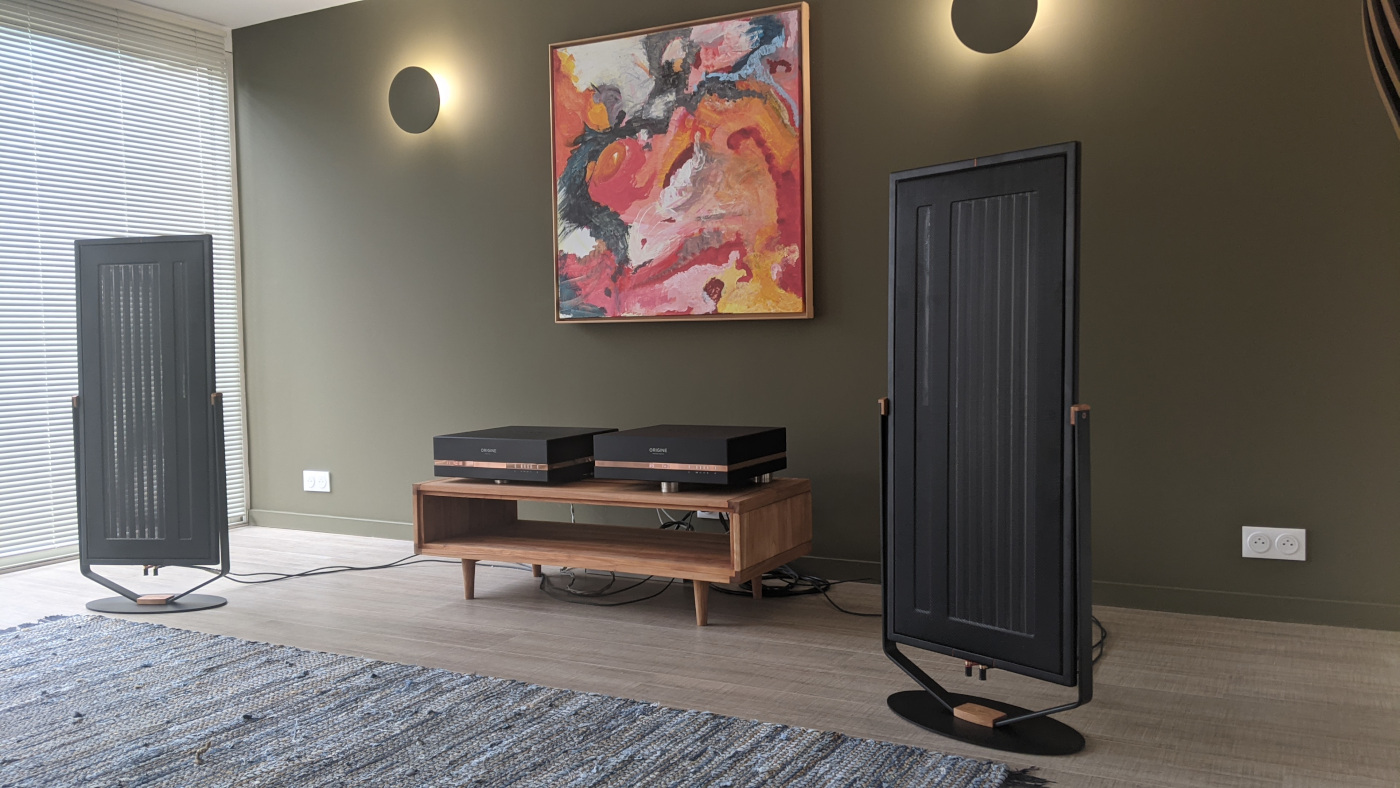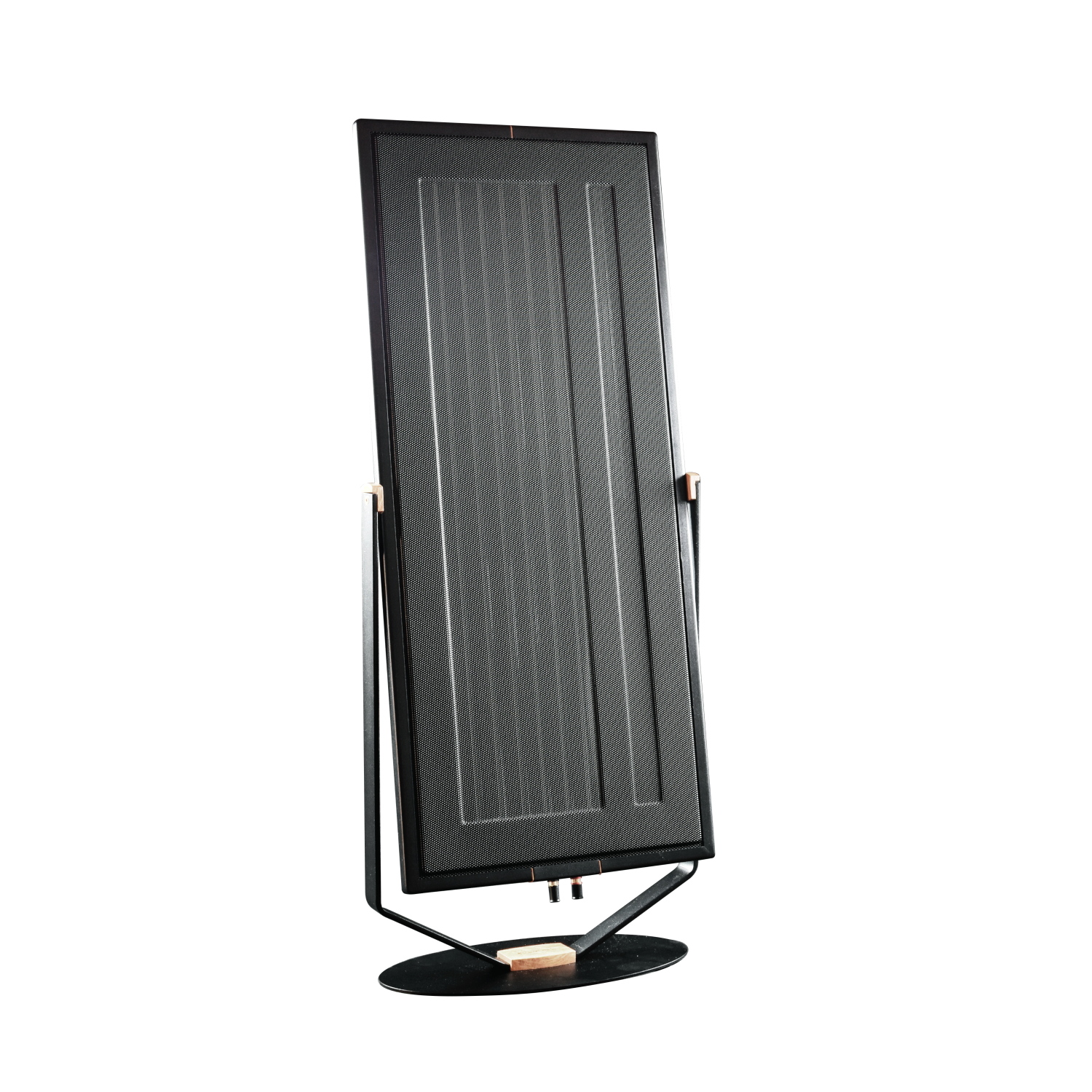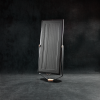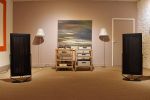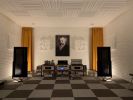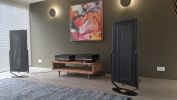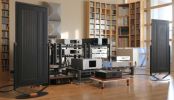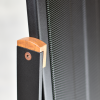FAQ
Before answering the most common questions we receive, here are some simple rules that we recommend to build your high fidelity system.
1- Listen before buying.
You have to trust your ears and take the time to listen to the diptyque speakers with different electronics with music you know to validate your choice. Listening to music is a very personal feeling and the system you will install at home must meet your taste, your expectations.
2- Trust Diptyque resellers and distributors.
We have chosen partners who are professionals and enthusiasts. They know perfectly the diptyque speakers they will be able to advise you and support you in your choice.
3- Take the time.
The best HIFI systems that we have had the opportunity to listen to have been improved over time, by step -by -step changes that have optimized a system in a listening room. Being curious, listening, testing makes it possible to progress in the quest for a living and natural sound.
FAQ
Which diptyque model for which listening room?
The rule is simple: the larger the panel, the more it will sound a large room. Here we give indications that can serve as a benchmark for optimal listening. There are of course exceptions: if for example, you have carried out a very good acoustic treatment in a small room, you can use larger models of panels.
DP 85: 10 - 20m²
DP 115: 15 - 30m²
DP140: 20 - 40m²
DP160: 25 - 50m²
Reference : 30 m² and more
What placement in my listening room?
The final result depends on of course the acoustics of your room.
Here are the 5 rules we recommend to start installing your diptyque speakers.
- Even the diptyques of the rear wall of 80 cm minimum. The larger the diptyque, the more it must be removed from the rear wall. For the reference model, 1m50 is necessary.
- Form an equilateral triangle between the diptyque speakers and the listening point.
- Place the tweeters inside.
- Turn the diptyque speakers to the listening point.
- Check verticality using a bubble level and adjust if necessary. This point is very important for a perfect phase and therefore the precision of the sound space.
Now take the time to listen to after having respected these 5 points and then test changes, steps in steps to find the optimal position. Make a modification after another to understand what changes in listening.
- Advance or back up the speakers by 10 cm steps.
- Spread the speakers a little more, they can be close to the side walls. Listen to a voice, it must remain precise in the center
- Then test with the tweeters outside, if the acoustics in your room are amortized it will improve the opening of the sound space, but the result can be disappointing if the acoustics in your room is clear. In this case return to the previous position.
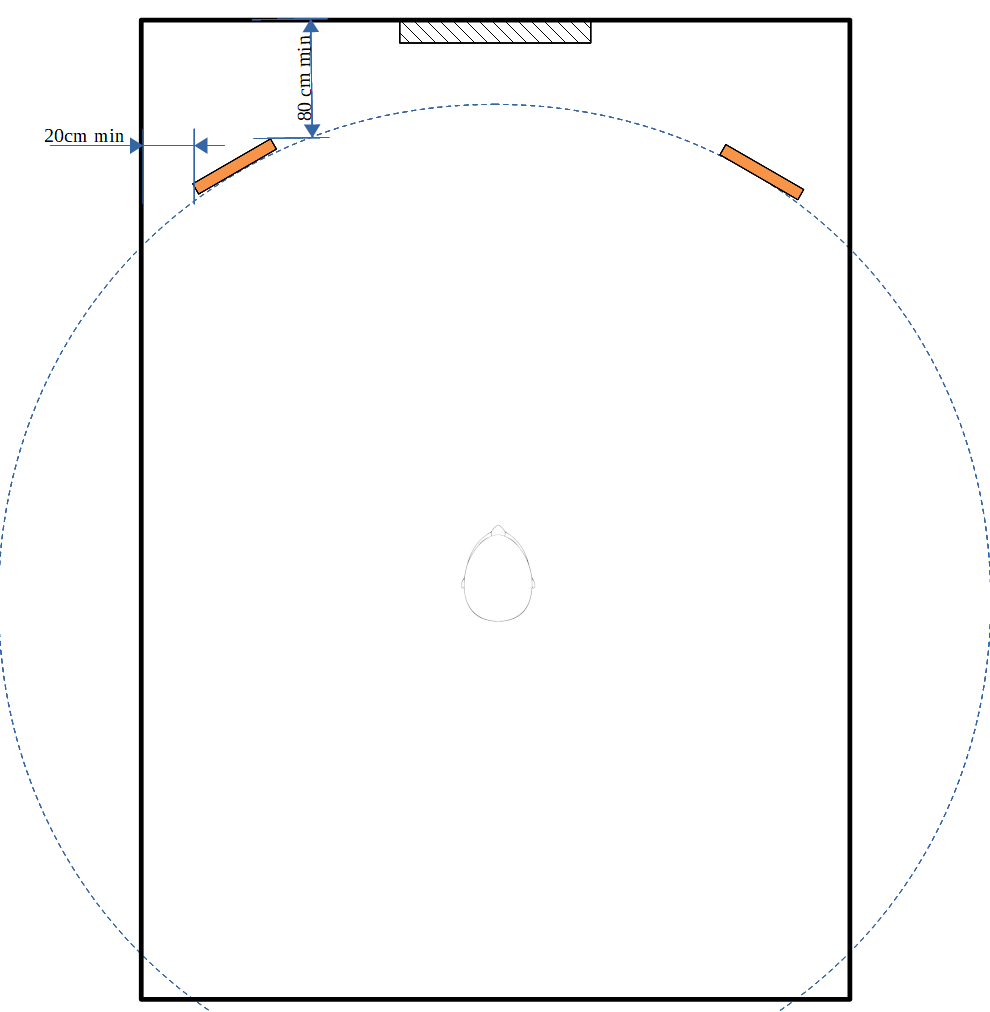
What acoustic treatment?
Acoustics is a complex science difficult to summarize here in a few lines. Here are simple tips to guarantee quality listening with diptyque panels.
First, have a balanced acoustics: Clap your hands and listen: the sound should not be too clear and last (reverberation) or too dark (amortized). You have to feel good when you talk.
- At the rear of the diptyque speakers you should not amortize or absorb the sound, they need the rear wall to obtain balanced low frequencies.
-If your room is clear, other areas will have to be amortized: a floor carpet, curtains at the windows a library or paintings on a wall or amortize the area behind the listening point.
-For optimize listening, we advise to place diffusers (reliefs) on the wall at the back of the diptyque. This solution will have the effect of improving the depth and precision of the sound scene. There are many simple and aesthetic solutions for this.
What amplifier with diptyque?
We are not going to indicate brands here or solve the quarrels between the amplifiers with tubes, transistors, class A, D, AB ... etc. There are very good amplifiers for us in all these categories and everyone can find their happiness.
First, the isodynamic speakers are not like other speakers. They are different from high -efficiency models, bookshelf, columns, electrostatics, etc. An amplifier that will work well on these technologies may be disappointing with diptyques ... So you have to try.
If you are lost, we invite you to take this simple path: Listen to the diptyque speaker (all models) with an amplifier with 2x150w/8ohm (or more) Class AB transistor of a quality brand. It will be your reference, you can appreciate all the qualities of our speakers. Then, you can test different technologies, brands and powers and discover the differences, choose according to your taste and your budget the system that will give you the most listening pleasure.
What cables?
Yes, we are convinced that cables have an important influence on the listening result. The principle stated by our friend "R" seems obvious to us: "The cables do not improve a HIFI system, they only degrade it" "The best cable is the one that will the least degrade the audio signal" so we return to our Three first tips: trust your ears, trust your dealer, take the time!
What break -in?
Diptyque speakers need a break -in time that will improve the tonal balance and the natural of the low frequencies. We recommend 200 hours of operation to obtain the optimal sound of your diptyque speakers. Here we offer you a recording of the Ocean made by our friend Fernand Deroussen Ideal to run your speakers: https://open.qobuz.com/track/29897132
What maintenance?
Diptyque speakers do not need special maintenance. Unlike electrostatic technology they do not fear humidity or dust.
If you have a stain on one side you can clean with a sponge and soap without using a lot of water of course!
Good listening.
Gilles Douziech, Eric POIX.

